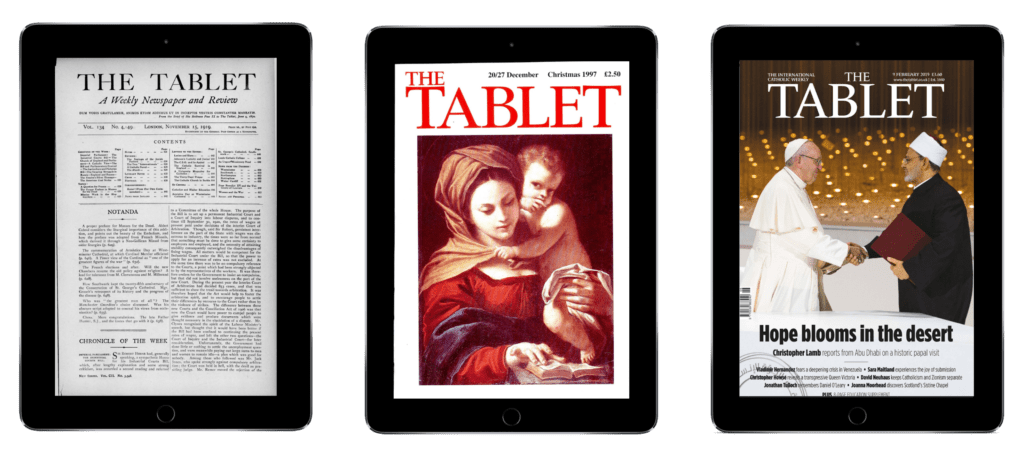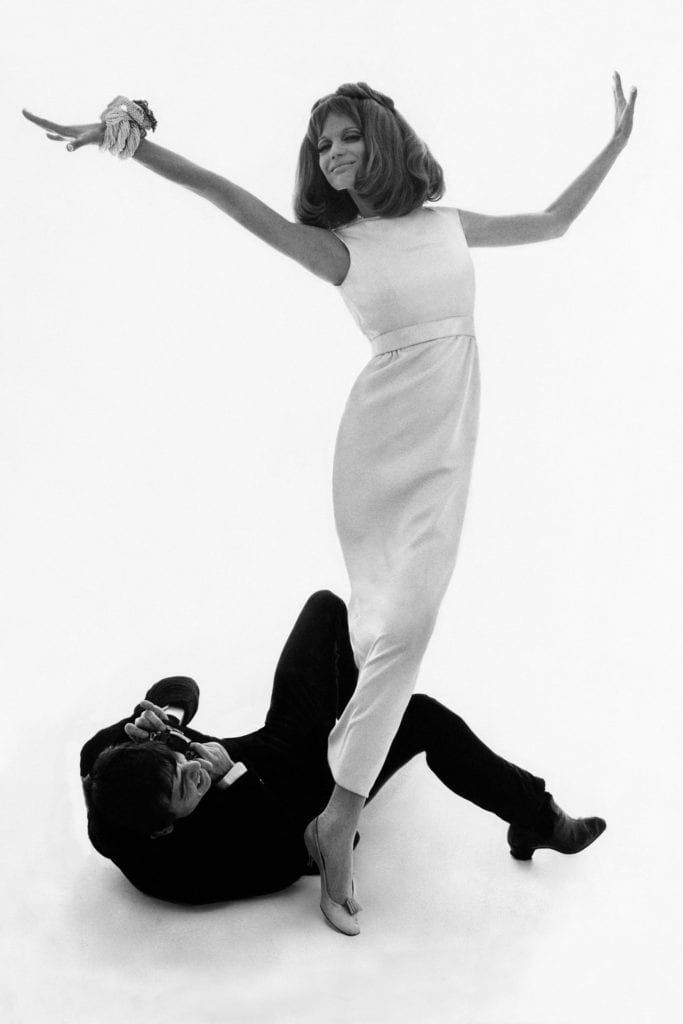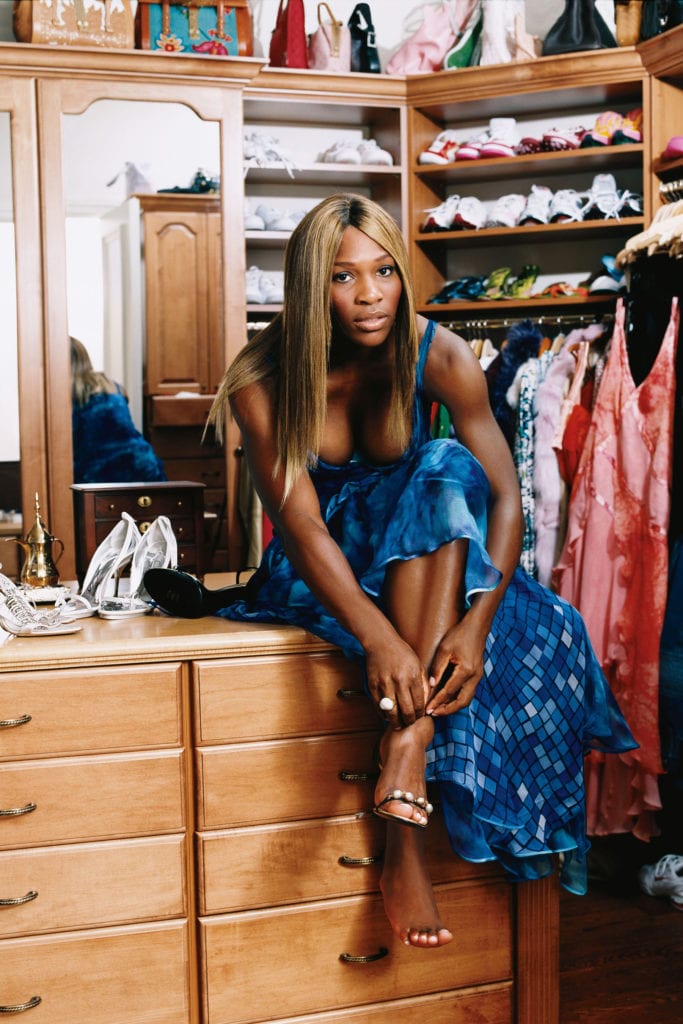|
Getting your Trinity Audio player ready...
|
Condé Nast, the global publisher home to Vogue, The New Yorker, GQ, Glamour, and Wired, amongst many others, has entered into a three-year partnership with Shutterstock to represent The Condé Nast Collection, one of the world’s foremost photographic libraries.
Featuring over 30,000 photographs, The Condé Nast Archive is a time capsule of the 20th century, as seen through acclaimed photographers’ eyes, including Edward Steichen, Horst P. Horst, Cecil Beaton, John Rawlings, Bert Stern, and Arthur Elgort.
From the first issue of Vogue published on December 17, 1892, Roaring ‘20s parties hosted in Condé Nast’s apartment at 1040 Park Avenue in NYC, to portraits of Coco Chanel and Twiggy, the collection provides a chronicle of iconic 20th Century fashion, design and culture.
The partnership will form part of Shutterstock Editorial’s archive, The Vault, which has over 50 million assets across photo and video, making it one of the largest photo and video archives in the world. Both Shutterstock and Condé Nast declined to comment on the specific financial terms of the deal.
“The Condé Nast Archive is a virtual time capsule of the 20th century. Covering fashion, design, beauty, travel, food, and the arts, it is an unparalleled offering of some of the most important images ever created for publication,” says Ivan Shaw, Corporate Photography Director at Condé Nast. “We are elated to bring this historically significant and visually stunning collection to Shutterstock.”
Leveraging archive content is increasingly seen as a key revenue channel for publishers as well as a way of cultural preservation. In 2019, digital publishing and archiving specialist Exact Editions launched the complete archive of The Tablet, a Catholic weekly that dates back to 1840 and includes some 8,750 issues, the second-oldest surviving weekly publication in Britain.

Ellie Burnage, Exact Editions, said at the time of launch of The Tablet’s archive, “Aside from their academic potential, magazines with extensive digital archives also become much more than the material they publish; they transform into cultural objects in their own right, not just commentators. Every issue is a milestone that marks a single step in cultural history, developing an ever-lengthening chronological timeline that allows readers to trace the contemporary attitudes that surrounded significant events and periods of the past.”






